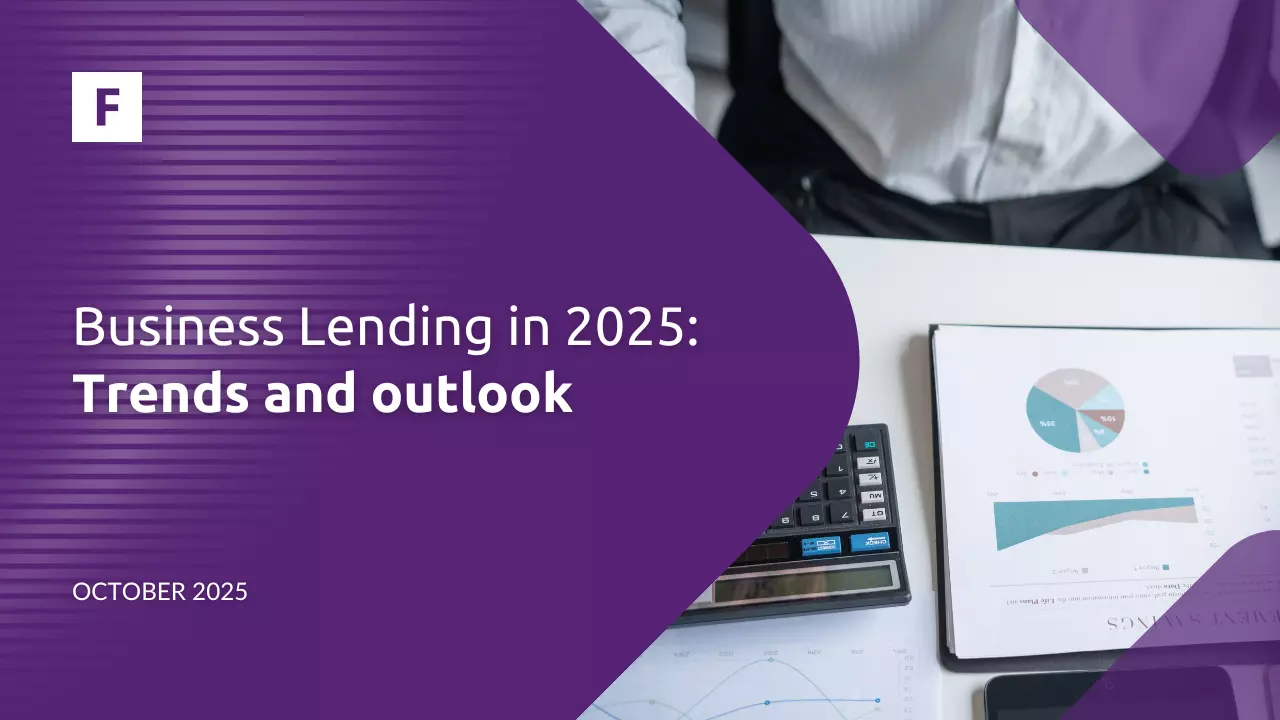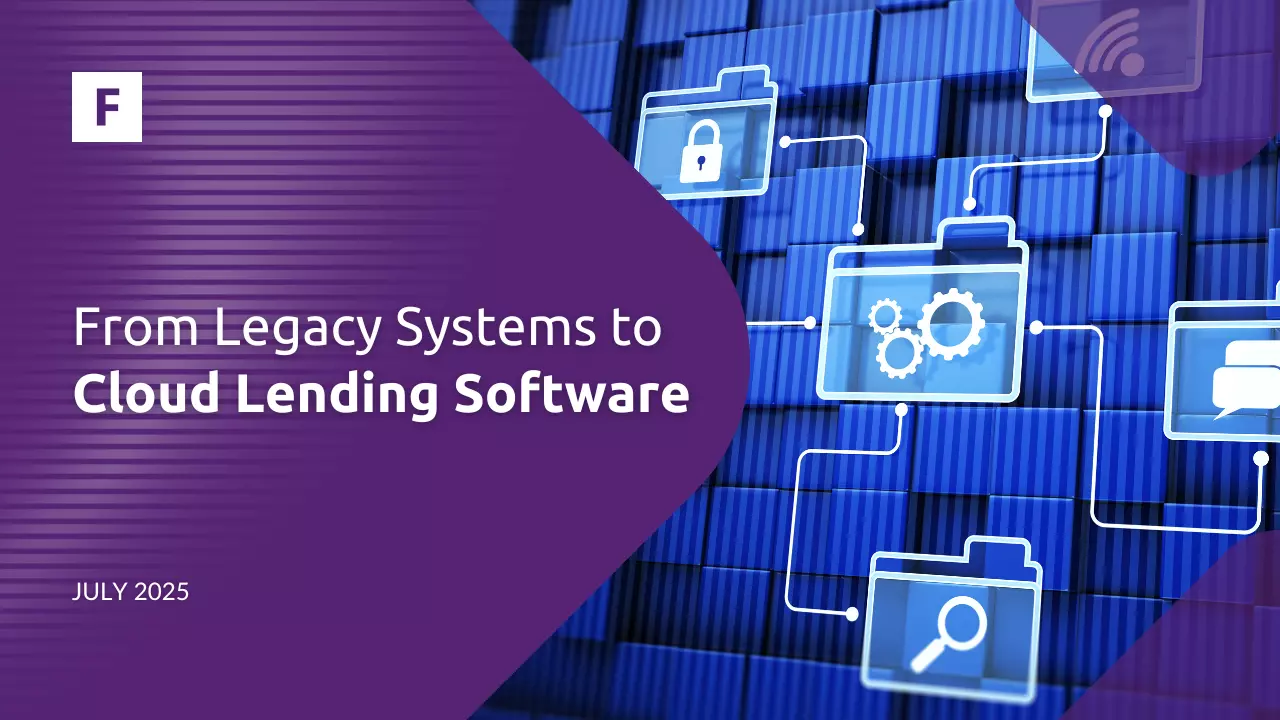Two years have passed since the start of the Global health crisis that The coronavirus (COVID-19) pandemic brought. Many industries were affected, and the financial services one was not the exception. Both online and physical providers have faced different challenges. In this article, we are focusing on the most crucial ones in which our company can be your number one ally to remain your business competitive and up to date with the latest fintech technologies.
How to remain competitive in the digital banking ecosystem?
First, we need to get in context and point out that a relevant number of lending companies were not ready for the digital transformation that this pandemic forced. The first challenge we want to mention is the increase in closed branches that started during the lockdown. Customers couldn't visit physical offices, and the use of online and mobile channels increased exponentially. To reduce costs, many banks began to close their branches, and that is something that has not stopped. More than 90 banks across the UK are closing their doors within the next few weeks, and European banks occupy six of the top 10 positions for the largest percentage of branch reductions. According to a survey by The Economist Intelligence Unit, 65% of bankers believe that the branch-based model will be “dead” within five years, up from 35% four years ago.
Covid-19 impacted traditional payment methods, as most people were trying to protect and have zero physical contact, cash payments were not recommended, and traditional card payments also started to be left behind. That is when contactless payment gained more popularity. According to data from Barclaycard, about 90% of card payments in 2021 were contactless, and Europe's contactless payment market was valued at $522.6 billion in 2020 and will grow by 22.6% annually over the next ten years.
The world suddenly turned into a huge digital branch, where you can make all bank activities without the need to go to a physical place. If a financial institution aims to reduce costs and survive over time, it must include digital actions in its activities. The most effective way to fight the first challenge and reduce costs is to start implementing a fintech model in your business and focus on your customer’s experience. For that purpose, our full banking solution covers countless functionalities from which the processes can be framed. Although specific actions can be performed separately, the beauty of the system lies in the ability to create comprehensive interdependent workflows that can be started automatically or by the user.
That first challenge leads us to the next one:
How can financial institutions improve online customer service?
Nowadays, people prefer not to go to physical branches: 21% of Europeans said they won't visit a bank branch in 2022, and 26% affirmed to visit a branch only once a year (Analysis from global management consulting firm Kearney). That is why digital customer service needs to improve to solve all customer inquiries.
Companies have faced the need to allow different communication channels to control the volume of messages and offer excellent customer service. For this challenge, we have a secondary app called Communication Gateway, which takes care of communication service provider management, blocking outgoing messages if needed and keeping track of sent messages. The configuration layer allows several communication providers to be used simultaneously or alternatively and switching them quickly in case of need.
Decision-making is one of the biggest problems in traditional financial institutions if we compare them to online banks, which approve loans within days or even hours. And with that being said, we approach the third challenge:
How can banks speed up their processes without a lack of budget?
The sudden appearance of covid forced banks to level up processes, but their internal forces were not ready to manage that level of development in such a small amount of time. That is why partnerships started to grow these couple of years.
During the pandemic, an association environment was born between banks and other financial institutions. The Economist Intelligence report found that 47% of bankers expect their businesses to evolve into “ecosystems” over the next two years, which will involve partnering with banking and non-banking third parties to offer their users full systems with partner solutions. At this point is where our marketplace takes action. We have been adding new partnerships to our system, so that companies can choose the best options according to their needs and preferences. A list of partners is available on our system, with external data providers in different categories like credit bureaus, communication partners, payment gateways, anti-fraud, and identity verification.
How to improve risk mitigation during the digital transformation?
Our fourth and final challenge is something that the banking industry has to face due to the technological changes we have been mentioning: Risk mitigation; all that technology innovation comes with a risk and makes companies more vulnerable to cybercrime. It is why supervisory activities have to be stronger in these times. By 2023, Gartner predicts that 80% of organizations will fail to meet security, privacy, usability, and scale requirements - unless senior leaders properly tend to their business’s identity and access management needs.
Nowadays, only 23% of security and risk leaders monitor third parties in real-time, and cyberattacks related to third parties are rising. According to Gartner data, by 2025, 60% of organizations will use cybersecurity risk as a primary determinant in conducting third-party transactions and business engagements. With our software, you can monitor your data, detect people who belong to high-risk groups, and make two-step authentication and other features to guarantee safety.
Our SaaS gives your company the comfortable and complete environment to work efficiently and provide a quality service, remaining competitive in these modern times where digital transformation is a must for every company. The pandemic brought hard times, but companies who have already adopted digital innovation are one step ahead and prepared for what's to come for the industry.







